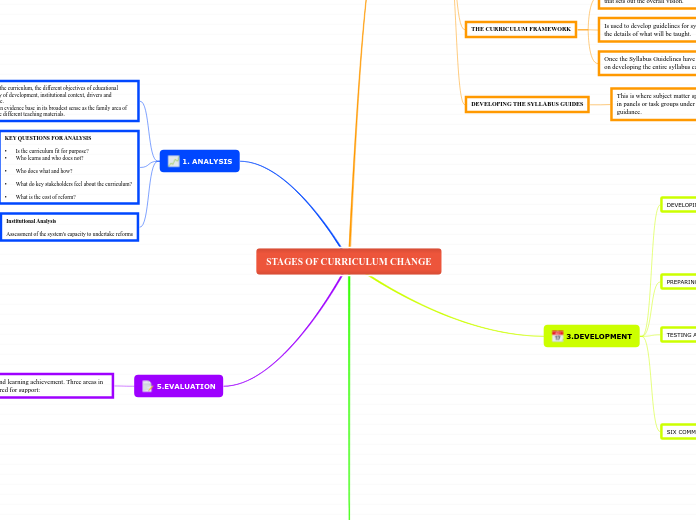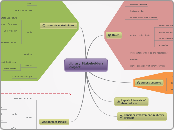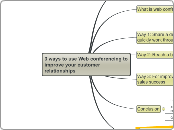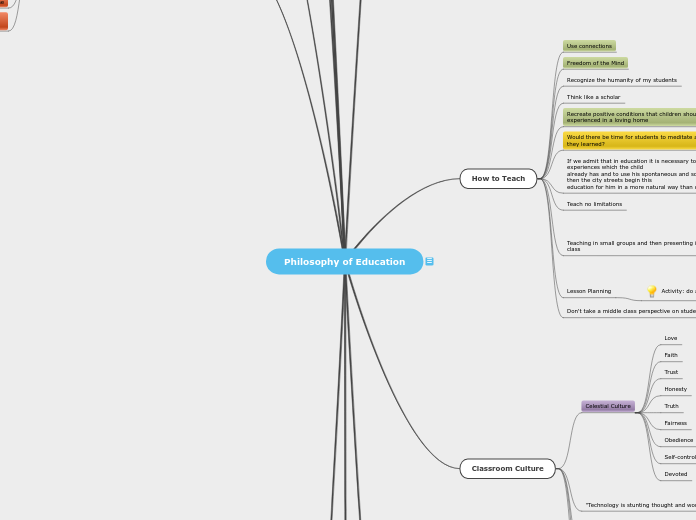STAGES OF CURRICULUM CHANGE
5.EVALUATION
Monitoring the delivery and learning achievement. Three areas in particular may be considered for support:
Measuring learning outcomes: the value of regular and high quality assessment
Specific pieces of research that look in detail at particular areas of the curriculum.
Support to school supervision
1. ANALYSIS
Institutional Analysis
Assessment of the system's capacity to undertake reforms
KEY QUESTIONS FOR ANALYSIS
• Is the curriculum fit for purpose?
• Who learns and who does not?
• Who does what and how?
• What do key stakeholders feel about the curriculum?
• What is the cost of reform?
-Understanding of the curriculum, the different objectives of educational policy, the ideology of development, institutional context, drivers and resistance to change.
-This establishes an evidence base in its broadest sense as the family area of the teachers and the different teaching materials.
4.IMPLEMENTATION
Technical and financial support for:
Change exams and tests to be assessed by the curriculum.
Develop materials that are adapted to changes.
Guarantee of training and support for teachers to get to know the new curriculum.
3.DEVELOPMENT
SIX COMMON PROBLEMS
LACK OF FINANCE FOR PROPER REFORM
A CURRICULUM DEVELOPED FOR ALL BY ALL
LANGUAGE AND LEARNING
CURRICULUM IS OFTEN TOO AMBITIOUS AND FAILS TO ACHIEVE THE LEARNING OBJECTIVES
GETTING STUCK IN SILOS
MANAGE CONSULTATIONS TO BUILD OWNERSHIP
TESTING AND PILOTING
A proper test will allow various adjustments to be made well before the curriculum is carried out and thus avoid costly mistakes.
PREPARING FOR IMPLEMENTATION
Of particular importance is the area of Assessment and teacher training
At the process stage, collaboration and coordination between different members of the curriculum family is important.
DEVELOPING THE DETAILED SYLLABI
Detailed study plan of each subject and at the same time provide the true curriculum, making known the content of each subject in stage or year.
The curriculum for each subject and each stage or year provides adequate details so that:
Examination and assessment bodies can give the test pass of what has been learned.
Book writers and publishers create timely learning materials
Teachers can share the curriculum
2.DESIGN
DEVELOPING THE SYLLABUS GUIDES
This is where subject matter specialists come in, typically working in panels or task groups under standard terms of reference and guidance.
THE CURRICULUM FRAMEWORK
Once the Syllabus Guidelines have been established, detailed work on developing the entire syllabus can be carried out.
Is used to develop guidelines for syllabus writers who will develop the details of what will be taught.
The key outcome of the design stage is a curriculum framework that sets out the overall vision.
HIGH LEVEL POLICY DECISIONS
Decisions around examination and assessment
Changes regarding the expected number of days, hours of schooling
Changes to the structure of schooling
Decisions around the language of instruction
There are three basic levels to establish an adequate structure:
3. Working groups
2. Mid-level technical oversight group or task force
1. High level steering committee









